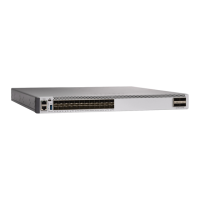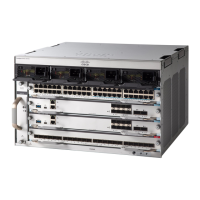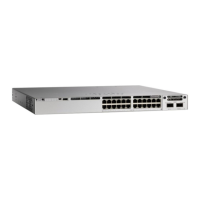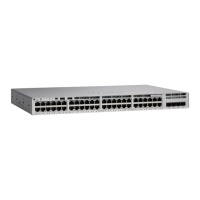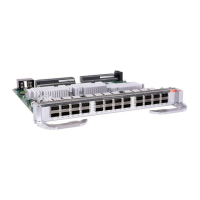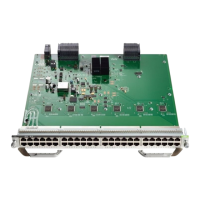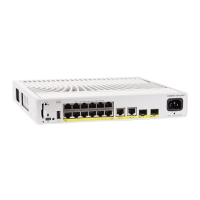Configuring BGP Route Reflectors
Procedure
PurposeCommand or Action
Enters the global configuration mode.configure terminal
Example:
Device# configure terminal
Step 1
Enters BGP router configuration mode.
router bgp autonomous-system
Example:
Device(config)# router bgp 101
Step 2
Configures the local router as a BGP route
reflector and the specified neighbor as a client.
neighbor {ip-address | peer-group-name}
route-reflector-client
Example:
Device(config-router)# neighbor
172.16.70.24 route-reflector-client
Step 3
(Optional) Configures the cluster ID if the cluster
has more than one route reflector.
bgp cluster-id cluster-id
Example:
Device(config-router)# bgp cluster-id
10.0.1.2
Step 4
(Optional) Disables client-to-client route
reflection. By default, the routes from a route
no bgp client-to-client reflection
Example:
Device(config-router)# no bgp
client-to-client reflection
Step 5
reflector client are reflected to other clients.
However, if the clients are fully meshed, the route
reflector does not need to reflect routes to clients.
Returns to privileged EXEC mode.end
Example:
Device(config)# end
Step 6
Verifies the configuration. Displays the originator
ID and the cluster-list attributes.
show ip bgp
Example:
Device# show ip bgp
Step 7
Routing Configuration Guide, Cisco IOS XE Everest 16.6.x (Catalyst 9500 Switches)
143
Configuring IP Unicast Routing
Configuring BGP Route Reflectors

